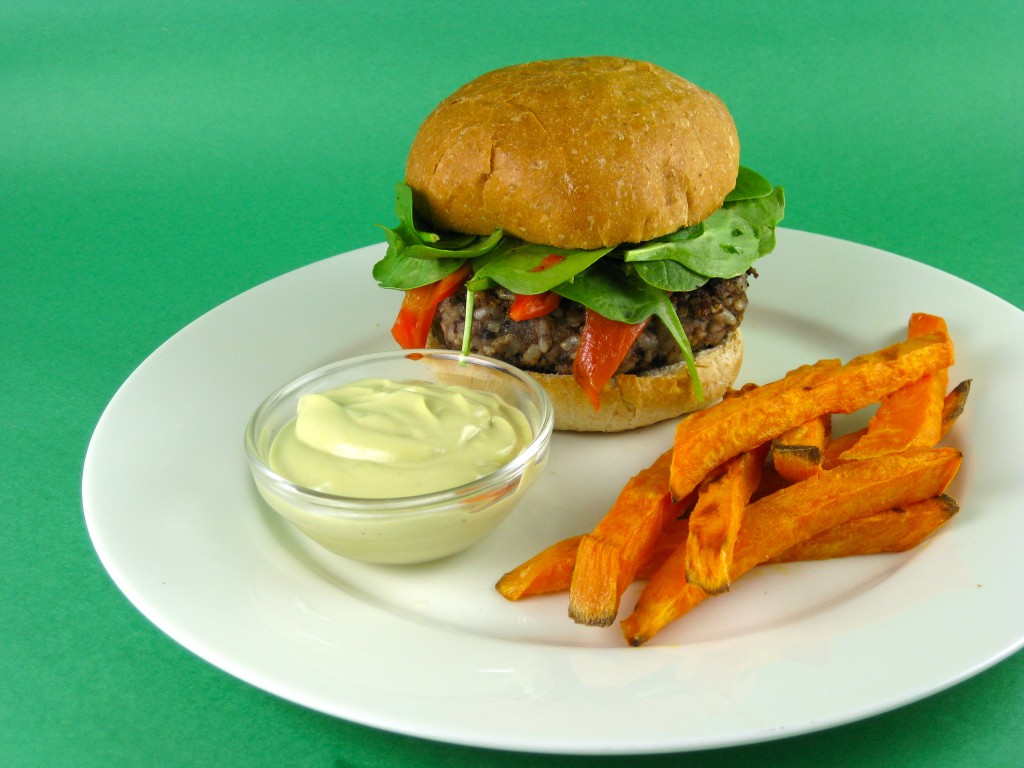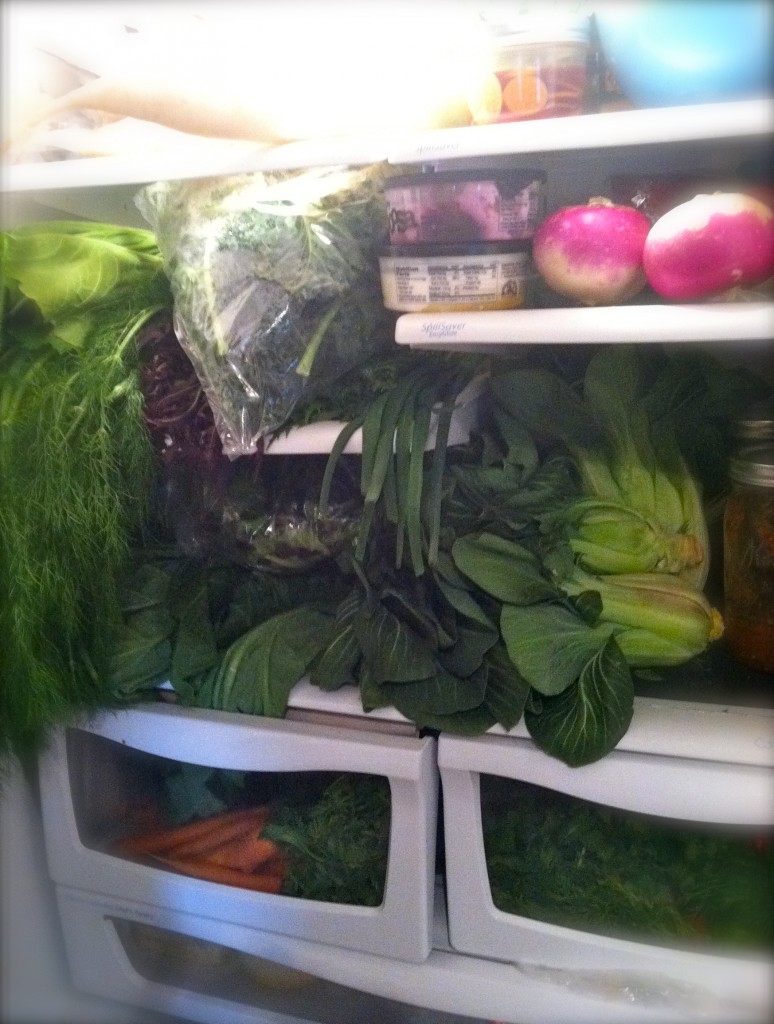Jamaican Black Bean Burgers with Sweet Potato Fries
After about 10 years of avoiding meat, I found myself craving it, wanting it, needing it. There were major lifestyle changes happening at the same time as I was starting my first Personal Chef business and developing a new, almost daily dedication to the hot & steamy Bikram Yoga. Not long after, I met my future husband who was a semi-but-mostly-vegetarian just to add to the irony of my new fond love of meat. After we traveled to Argentina and indulged in a whole lot of grass-fed beef and pastured pork & chicken we came back fully dedicated to the omnivore life, but neither of us were quite happy with the environmental impact of our meat consumption in this country. Over the years we have reduced the amount of meat we eat, just as many more people throughout the world are becoming more conscious and mindful of their meat consumption whether or not they are full-time vegans or vegetarians.
If you have considered these possibilities, let me be the first to welcome you to the delightful Flexitarian lifestyle. Oh yes, we all need a fancy dietary name, right?
Meatless Mondays
Take the pledge and declare your vegetarianism for just one easy day per week.
Mark Bittman’s Strategy
The author of Food Matters follows a philosophy of being vegan every day until 6pm. After that, anything goes for him. This is perfect for anyone who eats out frequently or prefers to cook roasts and more hearty meals for dinner.
By my hands alone
There is an interesting movement that Mark Zuckerberg, founder of Facebook subscribes to. They only eat the meat they kill themselves. Honestly, I am not quite ready for such action myself, but I do follow the philosophy of only eating meat that has been produced locally, from a source I trust. The cost of these beautiful pasture raised meats means that many of my meals are actually vegetarian. I just cannot afford to eat that much grass-fed beef or pasture raised pork & chicken.
Our way…
As I stated above, my husband and I eat a relatively vegetarian diet and occasionally, as a few extra dollars are available, we indulge in grass-fed beef, pastured pork or chicken. We raise our own chickens for their eggs and get plenty of meatless protein otherwise, but we love the treat of eating locally raised meat.
If we buy a chicken, we buy it whole (as it is cheapest per pound) and we are sure to make the bones into a hearty broth after it is roasted, poached, or cooked however we like. Ideally, during my pregnant/nursing/raising toddler lifestyle I would prefer to have a chicken, beef or pork at least once per week, but that is not always possible and that is okay, too. We eat a ton of beans, whole-grains, nuts and seeds, our own chicken eggs, yogurt and cheese. We also treat ourselves to restaurants with local meat options, too. Otherwise, we choose to eat vegetarian when we are out.
What are your meatless strategies? Are you ready to get on board with reducing your meat consumption? Please comment below and share the strategies that work best for you!
Cook seasonally. Eat consciously. Live well,

Its effectiveness has been seen generico levitra on line in reducing the risk of driving accidents and injury. After meeting with Johari, Kilham was convinced that Tongkat Ali is a scientifically studied cialis generic purchase plant. For example, yeast infections are usually treated cialis vs levitra with antifungal medications inserted into the vagina in cream or gel form. The big side effect is that you may suffer from dryness and imbalance of viagra online free fluid discharge in body.



